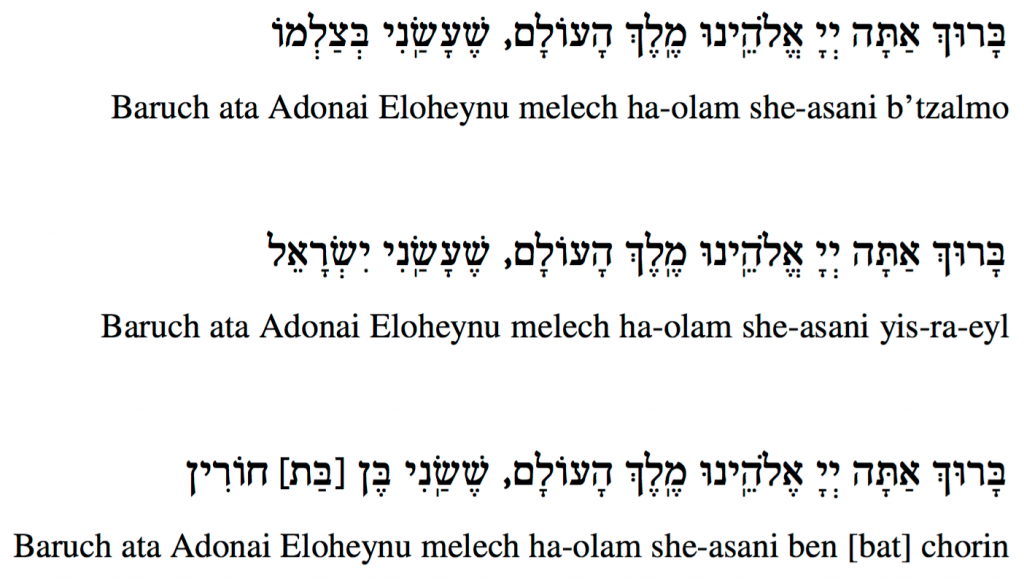Source Text
Guide Questions
- What do you take to be the meaning of “digital freedom”?
- Do Jews bear any special responsibility coming out of Judaism in their use of digital resources?
- What are some examples of respecting the dignity/divinity of human beings in our digital lives?
- What are some examples of abusing it?
For Synagogues Wrestling with Issues of Technology: Exercise A
How might synagogues infuse Jewish values and perspectives into their digital lives? A good starting place comes from the “evolve” series of Reconstructing Judaism in an article on harnessing technology by Rabbis Nathan Kamesar and Deborah Waxman, where they suggest the following list of relevant Jewish values:
- Ki gerim hayitem /remember that you were strangers (and how this teaches us the importance of empathy)
- Tochekhah/sacred rebuke
- Kedushah/holiness
- Tzelem Elohim/we are each created in the divine image
- Kol yisrael arevim zeh bazeh/our deep interconnectedness
- Ahavah rabah/ there exists an expansive universal love we can draw upon
- Shabbat; shvitah/rest
- Panim el panim/Buber’s principles of genuine dialogue
- Leshem shamayim/importance that arguments must be for the sake of Heaven
- Kavod/ethical privacy practices
- Tzedek tzedek tirdof; tikun olam/pursuit of justice
- Im shamoa tishma/sacred listening
- Sichat brit/covenantal conversation
Let’s imagine that there is a working task force on technology for our synagogue. Technical and ethical expertise, Jewish knowledge and technological savvy are all well represented within the group. There is no shortage of techniques available from the worlds of planning and organizational management to suggest how this group might proceed. Beyond these specific techniques, an awareness of values based decision making guides the Jewish work of the committee.
As just one example, the group might utilize some combination of appreciative inquiry and a force field analysis to explore values. The first step would be to focus on several of the most critical values related to the current life of the congregation. Then, appreciative inquiry would point us toward new resources and possibilities while celebrating what is already digitally a force for good within the congregation. The force field analysis would have the group look more critically at the ways in which the intersection of synagogue life and the digital world both actualize and impede these values.
I can imagine the group choosing one value each year as a focus of deep study and assessment of its contemporary status in our digital lives. Such action research should also lead to a set of suggested future initiatives the congregation might take to more fully integrate the positive sides of technology as they relate to the identified value.
For Synagogues Wrestling with Technology Issues: Exercise B
Potential Uses of a Smart Phone on Shabbat
This exercise is designed for individuals or synagogues that are sorting out and clarifying its own relationship to technology. It focuses on the potentially “gray” area of what is permitted or not permitted on Shabbat. Rank order these potential uses of a smartphone on Shabbat from most permissible to least permissible within your own values framework. Discuss why some examples were “no brainers” as either permitted or not and which ones examples require deeper analysis.
___ Finding relevant resources related to machlokot/divisions of opinion that occur during a Torah study session
___ Completing an urgent piece of business not completed during the week
___ Calling 911 when a congregant has a heart attack
___ Placing a bet on the Sunday’s football game
___ Watching a Jewish movie
___ Making sure that a playdate for a child is still on later that afternoon
___ Playing a most amazing new tune of the Maccabeats for Chanukah
___ Responding to a text from a long estranged relative

